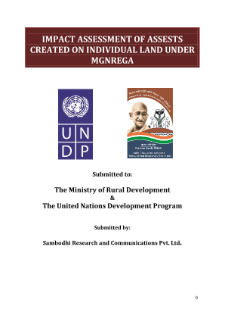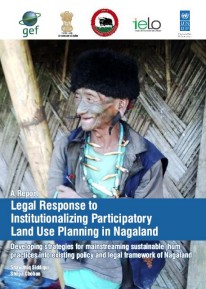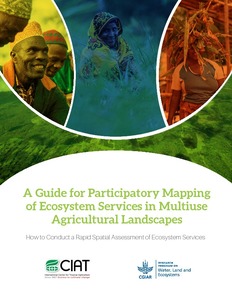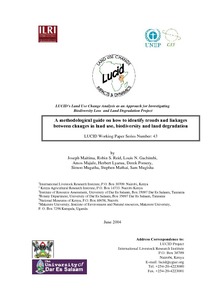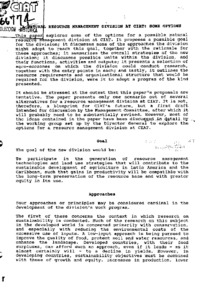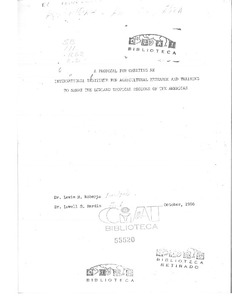Special Economic Zone: Performance, Lessons Learned, and Implication for Zone Development
This paper examines 30 years of experience in zones, reviewing development patterns and economic impacts of zones worldwide. The experience shows that while zones have been effective in addressing economic growth and development objectives, they have not been uniformly successful; successes in East Asia and Latin America have been difficult to replicate, particularly in Africa, and many zones have failed.

